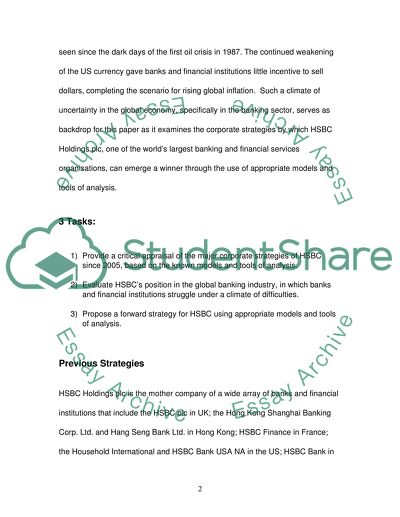Cite this document
(Management Process and Functions Research Paper, n.d.)
Management Process and Functions Research Paper. Retrieved from https://studentshare.org/finance-accounting/1530723-corporate-strategy-master-assignment
Management Process and Functions Research Paper. Retrieved from https://studentshare.org/finance-accounting/1530723-corporate-strategy-master-assignment
(Management Process and Functions Research Paper)
Management Process and Functions Research Paper. https://studentshare.org/finance-accounting/1530723-corporate-strategy-master-assignment.
Management Process and Functions Research Paper. https://studentshare.org/finance-accounting/1530723-corporate-strategy-master-assignment.
“Management Process and Functions Research Paper”, n.d. https://studentshare.org/finance-accounting/1530723-corporate-strategy-master-assignment.


